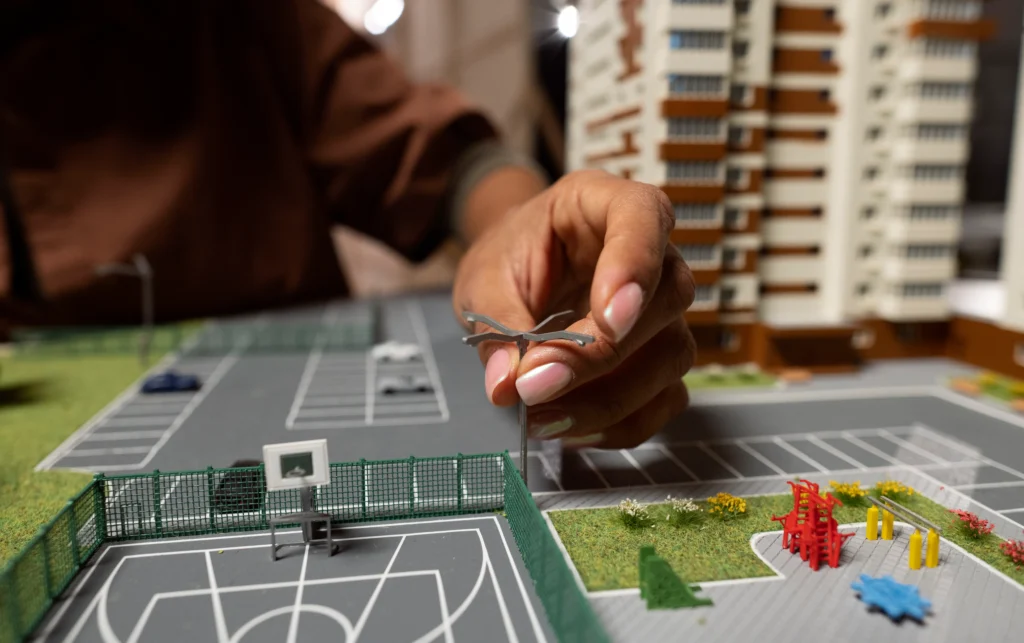The Power of a Façade System: A Deep Dive into its Benefits

From towering skyscrapers to cosy suburban homes, façade systems play an integral role in shaping our architectural landscape. Essentially, they serve as the outer skin of a building, combining aesthetics, functionality, and sustainability. This article highlights the salient advantages of building façade systems and explores why they are becoming an architect’s best friend.
Understanding the Façade System
To appreciate the benefits, we first need to understand what a façade system is. In its simplest definition, a façade system refers to the external portion or front side of a building. It’s the first impression of a building, dictating its character and personality.
From traditional to modern designs, façades allow architects to experiment, breathing life into the building structure. However, a façade’s role extends beyond aesthetics. A well-designed façade system can also offer several practical benefits, which we’ll explore in the following sections.
Top 5 Advantages of a Building Façade System
1. Protection from Natural Elements
The first and foremost role of a façade system is to protect the building from natural elements. Whether it is heavy rainfall, high wind speeds, or extreme temperatures, a robust façade system can effectively shield against the damages they can cause, ensuring the building’s longevity.
2. Improved Energy Efficiency
A façade system can significantly contribute to a building’s energy efficiency. By controlling light penetration and heat transfer, it can minimise solar gain, leading to more energy-efficient buildings and reduced energy costs.
3. Natural Light Penetration and Filtration
Numerous studies have shown the positive effects of natural light on human health and productivity. A well-designed facade design ensures natural light filtration while maintaining comfort for the building’s occupants.
- Fresh Air Circulation
The façade system also facilitates the circulation of fresh air within the building. By controlling the inflow and outflow of air, it reduces dust and other airborne particles, ensuring a healthier indoor environment.
5. Noise Control
In urban areas, external noise from traffic, construction activities, and other sources can be a significant nuisance. An effective façade system can help mitigate these noises, creating a more peaceful and quiet indoor environment.
When we think of sustainable materials for façades, metal and glass often come to mind. While these materials are indeed sustainable and recyclable, there’s another option worth considering—Clay Façades.
Clay façades, also known as terracotta façades, are panels cladded on the exterior walls of buildings. They offer several advantages over traditional façade materials, including durability, insulation, low maintenance, and aesthetic appeal.
The Rising Popularity of Clay Façades
Clay façades are increasingly catching the attention of modern architects for their numerous benefits. They are listed below:
- Durability: Clay facades are known for their strength and safety. With weather resistance properties, they can last for decades.
- Sustainability: Clay is a natural resource, making clay façades an eco-friendly option for sustainable structures.
- Insulation: Clay is a natural thermal insulator. Combined with the benefits of a ventilated façade, it can further increase insulation.
- Low Maintenance: Once installed, clay façades require minimal maintenance. They prevent panel rattling and facilitate rainwater drainage, leading to low soiling and maintenance.
- Easy Installation: Clay façades can be easily fixed without the use of sealants or rout. They can also overcome uneven surfaces and prevent the appearance of cracks on the walls.
- Fireproof Nature: Clay façades are fired at extremely high temperatures, making them resistant to fire.
- Aesthetics: Clay façades come in a variety of colours and can enhance the overall design and aesthetics of a building.
Conclusion
A façade system is more than just an aesthetic feature—it provides a plethora of practical benefits that can significantly enhance a building’s functionality and sustainability. Whether it’s clay façades or another material, the right façade system can transform a building’s exterior, making it not only visually appealing but also energy-efficient, durable, and comfortable.

Best Tips and Tricks for Bitcoin Investments

Top Benefits of Hiring Professional Pet Sitting Services for Your Pets

Expert Insights on Improving Productivity and Efficiency

Accelerating drug discovery through the DEL-ML-CS approach

AI in Marketing Is No Longer a Buzzword — It’s the Strategy

Naya Nazimabad Karachi: A Comfortable Community Growing in the Heart of the City

Aspects You Should Prioritise When You Invest in Residential Plots in Bhiwadi

The Value of Professional Guidance: Benefits of a Real Estate Agent in Home Buying








